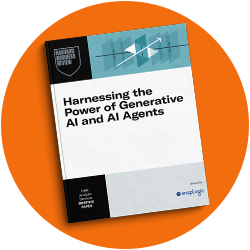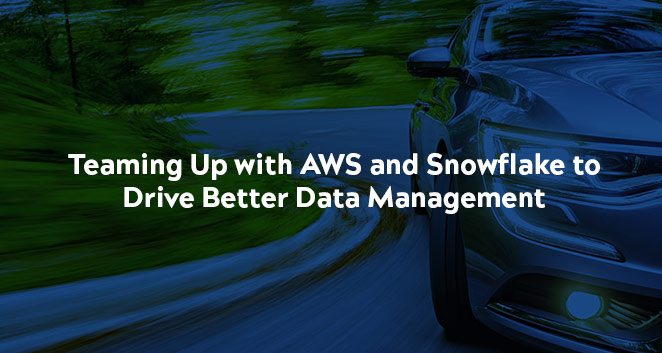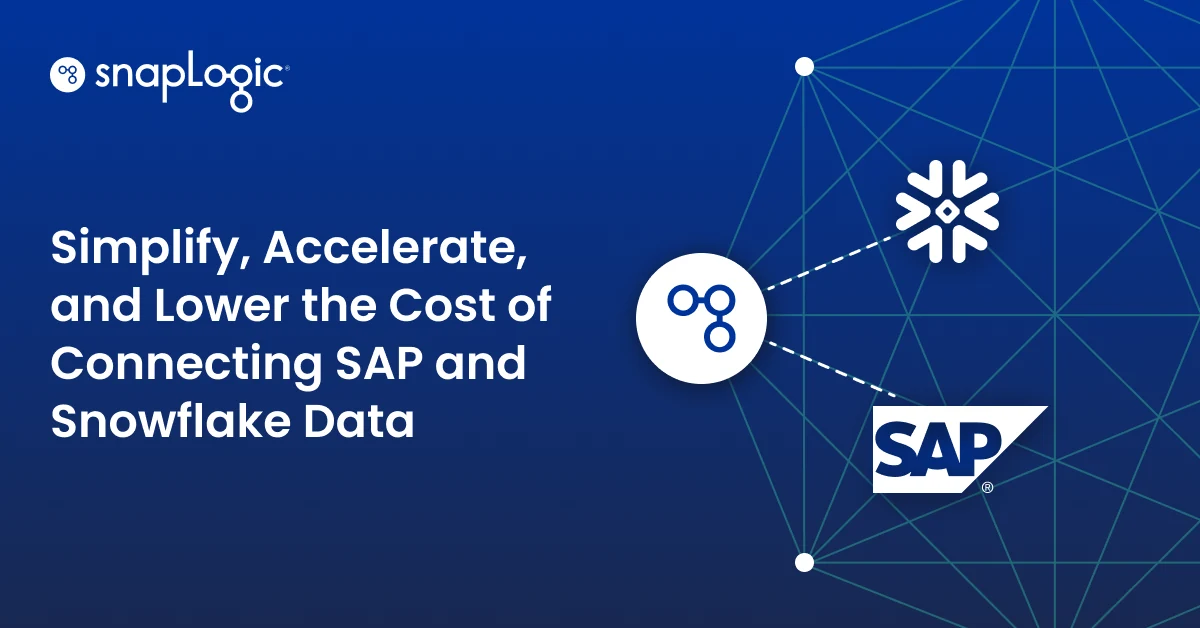Taking a modern approach to data management can go a long way to enabling business success. At our recent European Enterprise Integration Summit, a number of sessions highlighted the potential data management pitfalls that organizations are facing, how they are overcoming these challenges, and what the future of data management looks like.
Analyst Neil Ward-Dutton of IDC led one of the opening sessions covering this topic during the summit. He shared IDC’s view for the future of data management, showcasing how a comprehensive data management vision can enable an enterprise to intelligently drive processes, decisions, and customer results across locations, business functions, and systems.
Neil noted, “Historically internal business execution was partially supported by IT, but most organizations are today using automation applied in a holistic fashion, often beginning by automating individual administrative activities. In fact, recent IDC research found 60% of organizations are actively looking to increase investments in automation.”
Even though the future is bright for automation supporting data management, it was clear from a number of sessions during the summit that data silos are a problem that still need to be addressed for many organizations.
For Ally Clegg, Account Director at Snowflake, this is because many organizations have been stuck in the old ways of doing business and as a result, data silos mean they’re also falling short of realizing the potential of data.
As Ally explained, “The rise of data application clouds such as Salesforce and Workday, and infrastructure clouds such as AWS, Azure, and Google Cloud, has meant that data is now spread across different silos and environments. As a result, to drive business value individuals have to gather data from every source, different databases, suppliers, partners, and customers. All of these siloes are expensive and time consuming to extract value from, which means governance and collaboration are nearly impossible with this silo-driven approach.”
During Ally’s session, she shared how Snowflake has been working with SnapLogic to help organizations address this problem, by taking an integrated data warehouse approach.
For Greg Khairallah, Director of Analytics, GTM Business Development Focus at AWS, this is especially important in the current climate for those in life sciences.
In Greg’s session, he shared how AWS has been working with Moderna and Vyaire to improve Real-World Evidence processes and drug approval timelines, a key part of which is combining multiple data sources and overcoming data silos.
As Greg detailed, those in life sciences often have to ingest data at scale, bringing together data regardless of structure to seek a single source of truth from different trial participants across the globe. He commented: “When we think of supporting Real World Evidence, the basic requirement is empowering teams in that field with the right information in a cost-effective and secure manner. The idea of combining multiple data sources with SnapLogic and AWS means customers in life sciences can effectively communicate drug discoveries in a better way to researchers, scientists, and regulators.
To find out how SnapLogic can help you overcome data silos and embrace automation, sign-up for a free trial or contact us for a custom demo.











